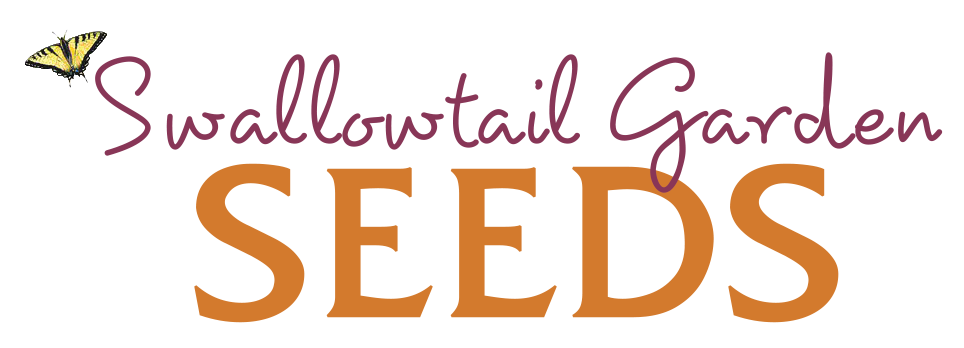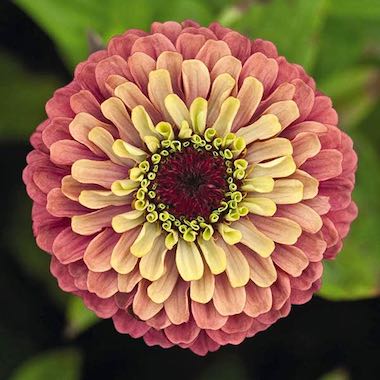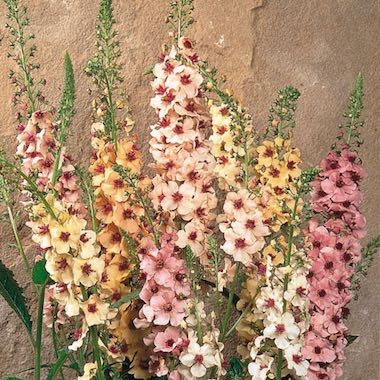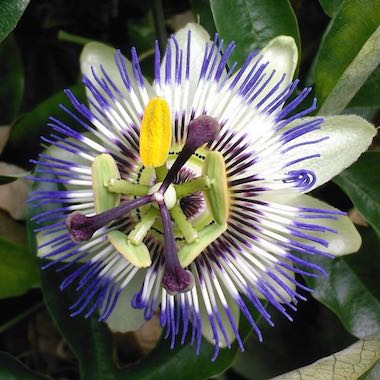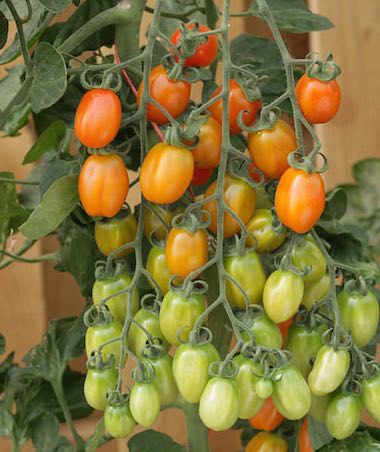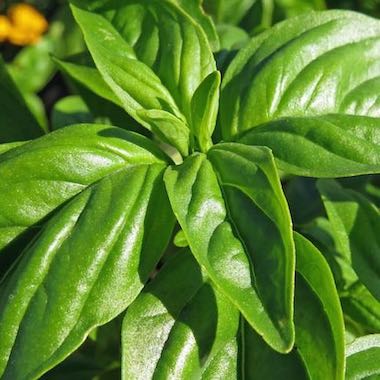Bee Balm Seeds
a.k.a. Oswego Tea, Horsemint
How to plant Bee Balm seedsBee balm flowers attract hummingbirds and butterflies. Each tube-shaped flower has two lips: the lower lip provides an inviting landing pad for bees and other pollinating insects. Plants are deer and rabbit resistant. Native species of bee balm can be found in nearly every U.S. state.
How to Harvest and Dry Bee Balm for Tea
Harvest Bee Balm in the morning, after any dew has evaporated but before midday. The leaves have the best flavor this way, and you will not cause stress to your plant.
Cut whole stalks, with or without flowers, from the base of the plant. This encourages new growth and keeps your plant tidy.
Loosely bundle the stalks and hang upside down in a dry, shaded spot until completely dry, but for no longer than 3 days, to preserve the essential oil quality and taste.
Strip leaves and flowers from stalks and store in an airtight container until you’re in the mood for a cup.
Use two teaspoons of dried Bee Balm leaves and/or flowers for each cup of water. Pour boiling water over leaves and let steep for 5 minutes. Use ¼ cup of Bee Balm per 1 cup of water for making tea with fresh leaves.
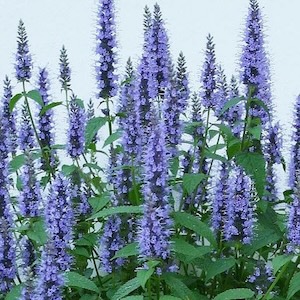
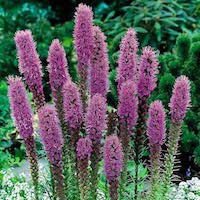
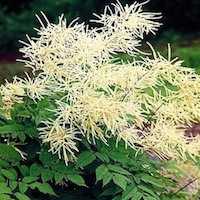
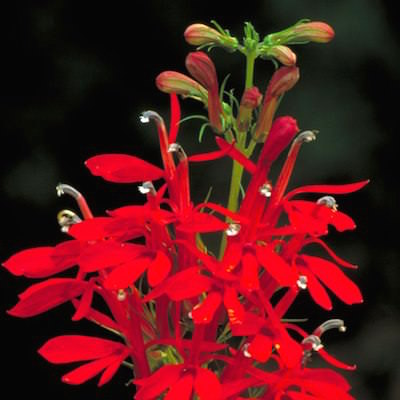
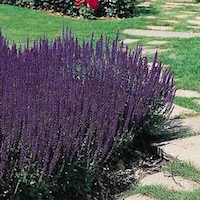
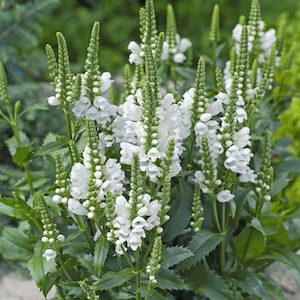
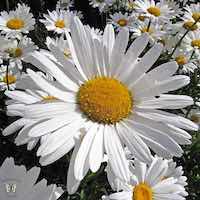
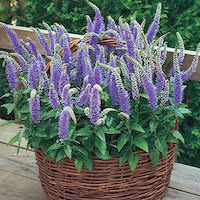
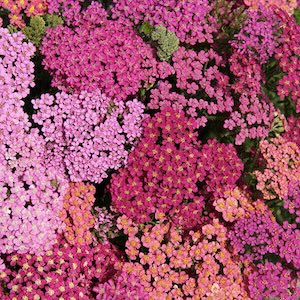
How to Plant and Grow Bee Balm
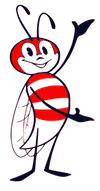
Plant Bee Balm Seeds: Sow seeds in cell packs or flats, press into soil but do not cover. Light helps bee balm seeds to germinate. Kept at 60-70° F., seedlings emerge in 14-21 days. Transplant bee balm plants into garden 1-2 ft. apart.
Grow Bee Balm: Plant in full sun in mild climates, afternoon shade is preferred in hot summer areas. Bee Balm plants spread quickly, are not invasive. Provide regular to ample moisture. Bee Balm plants will be longer-lived in cold winter climates.
Bee balm should be divided every 3 to 4 years in the spring or early fall. Discard any dead central plant material and transplant each small division 1½ to 2 ft. apart. Widely adapted, bee balm is among the absolute best perennials for drawing hummingbirds into the garden. Attracts butterflies. Blooms also attract butterflies and honey bees; are excellent cut flowers. bee balms are rabbit and deer resistant plants.
